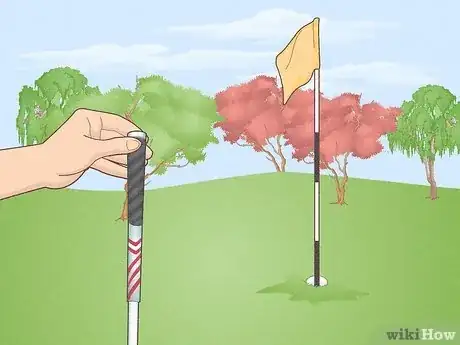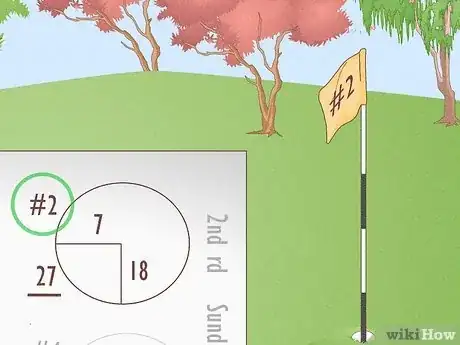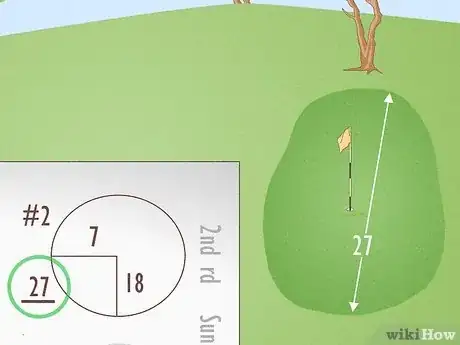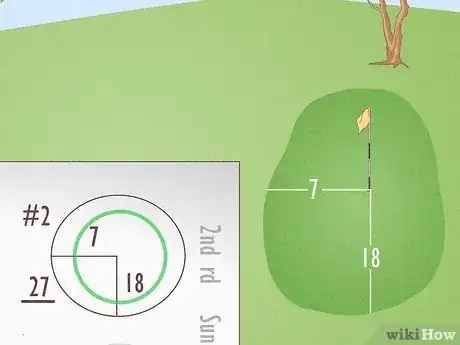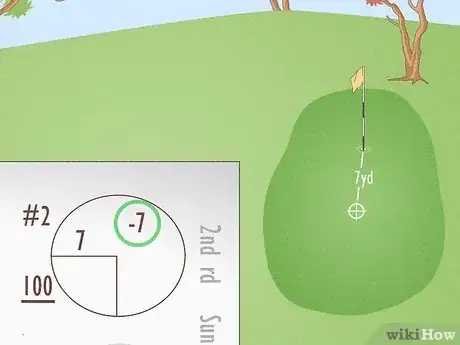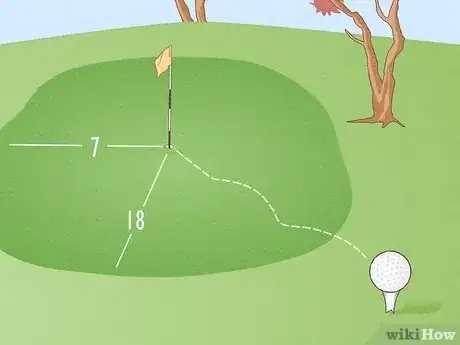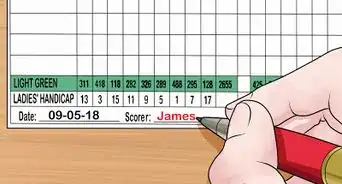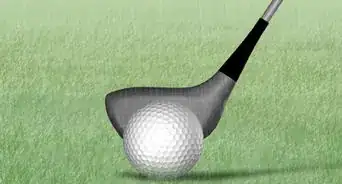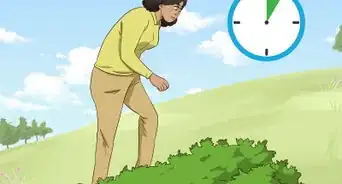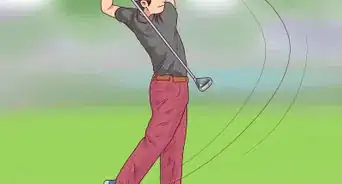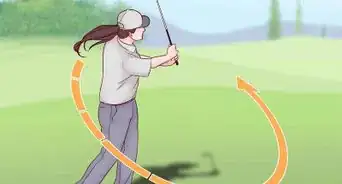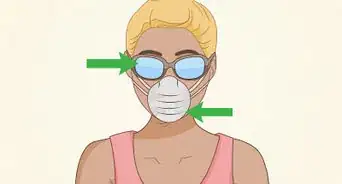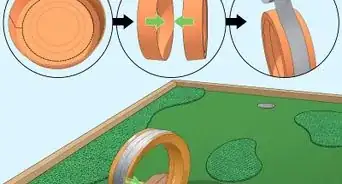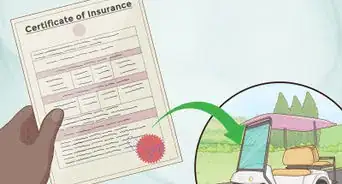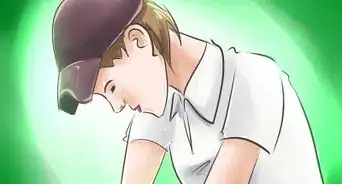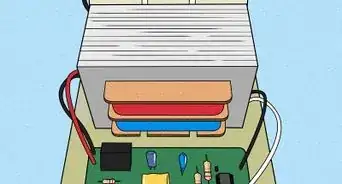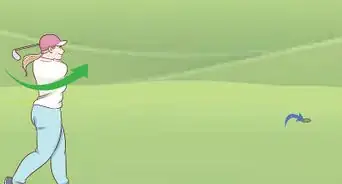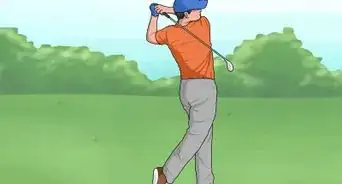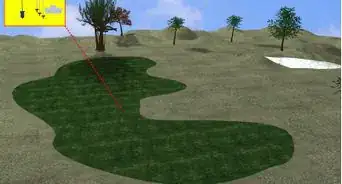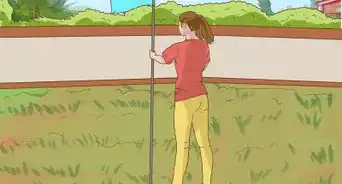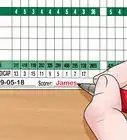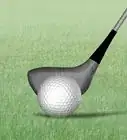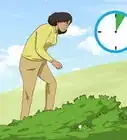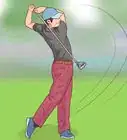This article was co-authored by wikiHow staff writer, Hannah Madden. Hannah Madden is a writer, editor, and artist currently living in Portland, Oregon. In 2018, she graduated from Portland State University with a B.S. in Environmental Studies. Hannah enjoys writing articles about conservation, sustainability, and eco-friendly products. When she isn’t writing, you can find Hannah working on hand embroidery projects and listening to music.
This article has been viewed 4,096 times.
Learn more...
You’re at a golf tournament, and someone hands you a piece of paper with a bunch of diagrams on it. If you’ve never seen a pin sheet before, it can be a little confusing—which is why we’re here to tell you exactly how to read a pin sheet! A pin sheet is a helpful tool you can use to plan your strategy and choose your clubs. Keep reading to learn all about a pin sheet, including how to read it and use it during your golf game.
Things You Should Know
- Every pin sheet is labeled by number, so you can quickly check which hole you’re on.
- The underlined number on the left side is the depth of the green.
- The numbers by the right angle tell you how far the pin is from the left or right and front of the green.
- The positive or negative number tells you how close the pin, or flag for each hole, is to the center of the green.
Steps
References
- ↑ https://www.golf-basics-for-women.com/pin-position.html
- ↑ https://www.golf-basics-for-women.com/pin-position.html
- ↑ https://www.youtube.com/watch?v=B93f9Q7vVws&t=12s
- ↑ https://www.youtube.com/watch?v=B93f9Q7vVws&t=27s
- ↑ http://www.pgaprofessional.com/golf_instruction_articles/pin_sheets_and_yardage_books.html
- ↑ https://www.golf-basics-for-women.com/pin-position.html
